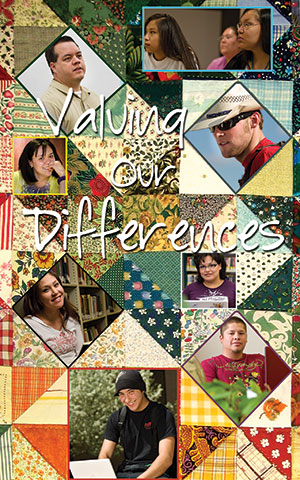Diversity to be Central's fifth student attribute
January 1, 2012

Central Wyoming College aims to have all students appreciate diversity by providing an atmosphere that promotes acceptance and respect as well as course materials to help them recognize the variety of characteristics that make individuals unique.
It is so important to CWC that diversity is becoming the institution’s fifth student attribute, and the college will incorporate these ideals across the curriculum to ensure all students who complete their course work understand it.
The CWC Diversity Committee, which develops a series of programs and events each year to promote diversity, decided last summer to take it from a general education requirement to a student attribute, said Mark Nordeen, the dean of the Arts and Sciences Division and a member of the committee.
“It will be a much better system,” he said, explaining that faculty will incorporate diversity into the more than 100 courses that are designated as general education requirements with the exception of physical education.
Nordeen said all of the Associate of Arts and Associate of Science programs, which are transfer degrees, are based on 64 college credits and half of those include general education requirements. After transferring to a university, the students take more content courses related to their field of study.
Associate of Applied Science degree programs, such as nursing, are designed to prepare students for immediate employment and require only 19 general education courses because the programs require specific content courses in their discipline.
“At this stage in the college’s history the most important diversity achievement deepens our commitment from isolated moments into the heart of the education we provide,” said Cory Daly, the college’s new Associate VP for Student Services and the former chair of the Diversity Committee.
“All students will soon learn to demonstrate their capacity to understand and effectively communicate with people whose identities and values differ from their own.”